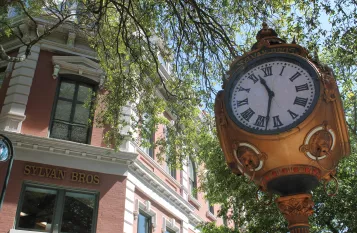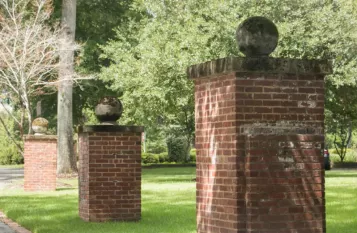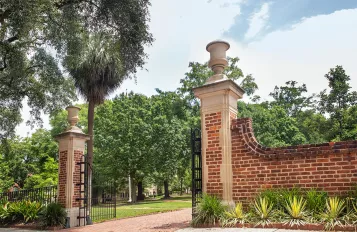This event has passed.
Sunday, November 10th
2 — 3:30 p.m.
Second Sunday Stroll | Melrose Heights
$5 for members, $10 for non-members
Free for all youth 17 & under
Melrose Park : 1500 Fairview Dr., Columbia, SC 29205
Explore the Melrose Heights neighborhood with Historic Columbia from 2-3:30 p.m. on Sunday, Nov. 10 during the monthly Second Sunday Stroll.
The guided walking tour will travel through the historic neighborhood, which was recently listed as an historic site on the National Historic Register of Historic Places. Stops will include highlights of various architectural styles, kit homes popular in the 1910s and historic locations in one of Columbia’s earliest suburbs. The tour will begin at Melrose Park located at 1500 Fairview Drive.
Tours are 60 - 90 minutes in length.
Melrose Heights-Oak Lawn
Take a Web-Based Tour
Interested in exploring Melrose Heights on your smart phone or tablet? Check our web-based tour here.
Upcoming Strolls and Rolls
See All Events18 Aug

Sunday, August 18th: 1 — 2:30 p.m.
1101 Lincoln Street, Columbia, SC 29201
Explore the Congaree Vista with Historic Columbia.
15 Sep

Sunday, September 15th: 1 — 2:30 p.m.
1515 Main Street, Columbia, SC 29201
Explore Main Street with Historic Columbia.
20 Oct

Sunday, October 20th: 1 — 2:30 p.m.
800 Abelia Road, Columbia, SC 29205
Explore Heathwood with Historic Columbia.
17 Nov

Sunday, November 17th: 1 — 2:30 p.m.
1619 Pendleton Street, Columbia, SC 29201
Explore University Hill with Historic Columbia.